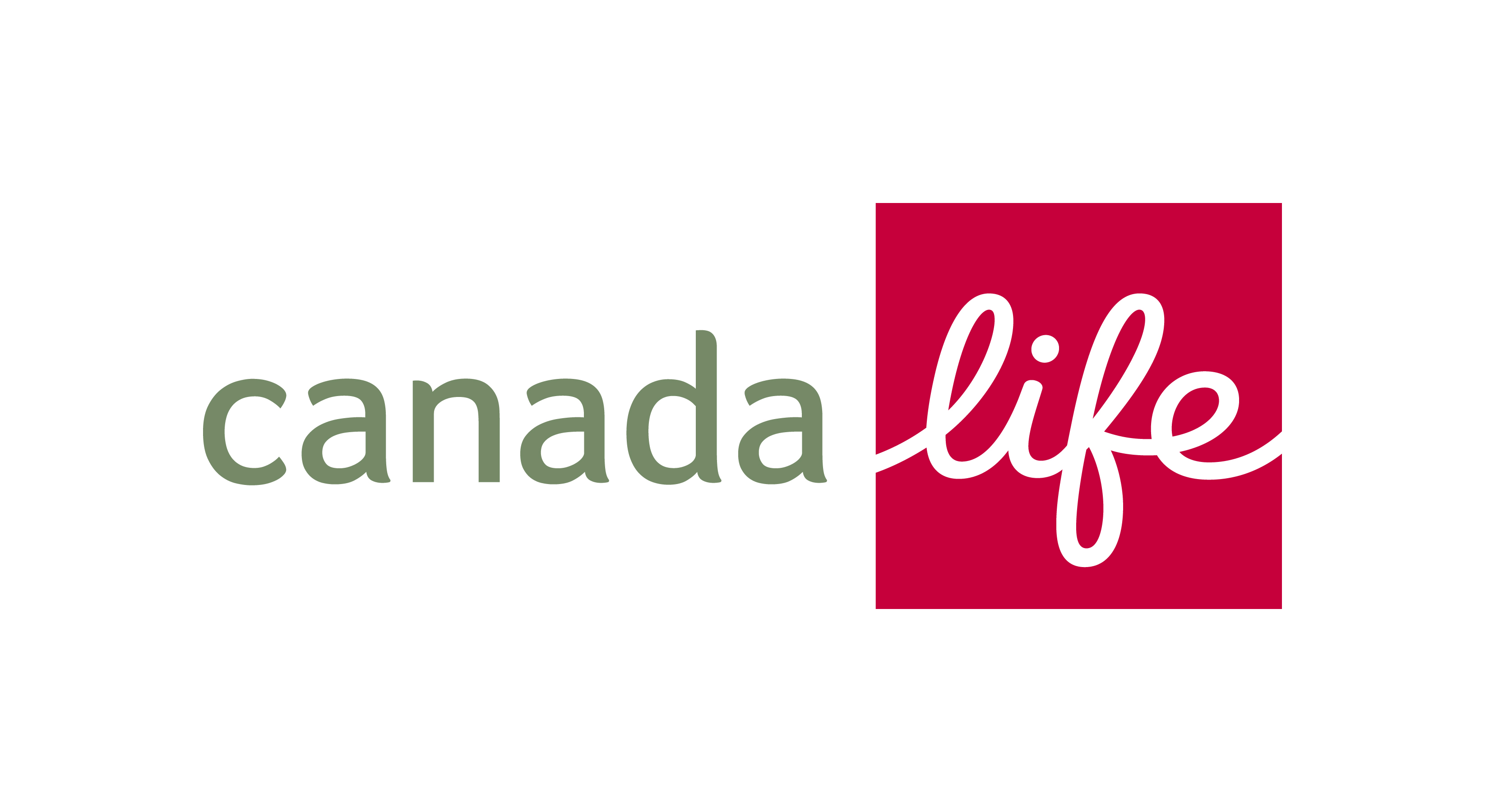Canada Life has announced that it’s lowering the interest rate and increasing the maximum loan-to-value (LTV) for its buy-to-let and second home products.
The annualised interest rates for Canada Life’s buy-to-let Lifestyle and buy-to-let Voluntary Select products have reduced from 6.16% and 6.36% to 5.78% and 5.98%.
Additionally customers can also now benefit from a 5% increase to the maximum LTV for Canada Life’s buy-to-let and second home products. The LTV for customers aged 55 will increase to 19%, while those aged 70 will be able to apply for a maximum of 34%, which increases to 44% for customers aged 80 and over.
These enhancements will be beneficial to landlords and property owners over 55 who want to release equity on their property, as they can release more equity whilst retaining ownership of the property. One example of the type of customer that would benefit from these enhancements is detailed below. For the purpose of this illustration, we’ll call her Maria.
Maria is 80 years old and has been living in residential care since 2014. She needs to raise capital to help pay for her care; Maria doesn’t want to sell her property[1] and in fact rents it out on a 12 month assured short hold tenancy agreement. Traditional lenders will not lend to her.
Canada Life’s range of Buy-to-Let Mortgages for over 55 year olds could be a sensible solution for Maria. They allow her the option to raise finance against her property to fund her care. Her property is worth £450,000 so she can raise up to £198,000[2]. She has the option to take this as one lump sum, or she can borrow a smaller amount up front and borrow more in instalments by taking out further advances if and when required. Maria can choose between having a roll up interest mortgage or making voluntary payments.
This allows Maria to keep her property and afford to pay for her care. Additionally she owns an asset which produces in the region of 4% yield (£18,000 per year annually) and she could still benefit from future capital gains on the asset (subject to the impact of interest rolling up). Maria doesn’t have to worry about threat of repossession (subject to abiding by the Terms and Conditions) and she still has the flexibility to sell the property and release the remaining equity in the future.
You can read the full case study here.
[1] If Maria sells her house before she dies, Principal Private Residence (“PPR”) capital gains tax relief will be available as it is her primary residence. If Maria sells the house before she dies, tax advice should be sought.
[2] Any cash released from the property and not spent at the time of Maria’s death is chargeable asset for IHT purposes.



